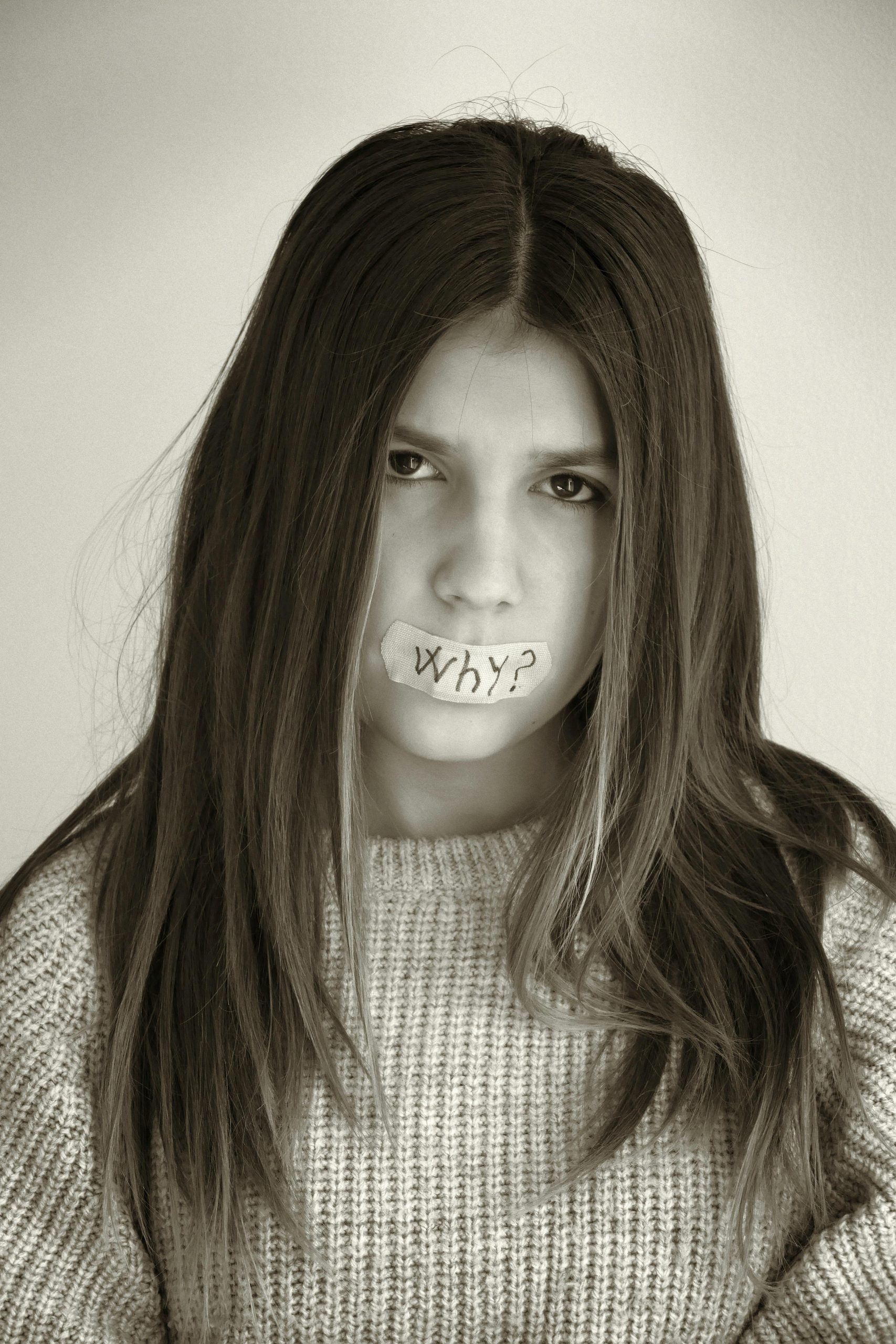Exploring a Unique Design Aesthetic: What Should We Call This Style?
Have you ever stumbled upon a design that leaves you pondering its name? I recently came across an intriguing style that features rounded, three-dimensional elements that truly stand out, giving a sense of depth and creativity.

This design caught my attention with its vivid, dynamic look, showcasing a harmonious blend of shapes that create an engaging visual experience. The soft curves combined with the illusion of spatial depth provide a playful yet sophisticated vibe that is becoming increasingly popular in various creative fields.
But what do we actually call this aesthetic? Is it part of a broader trend, or does it carve out its own niche in the world of design?
As we explore this captivating style, we can draw parallels with concepts like “scooped design” or “soft 3D,” but nothing seems to encapsulate its essence perfectly. I’d love to hear your thoughts. Have you encountered similar designs? What names or terms come to mind for this appealing visual approach? Let’s dive into this discussion and uncover the perfect label for this standout design!


2 responses to “Does this design style have a name?”
The design style you’re referring to seems to align closely with what is often categorized as “Neumorphism” (or “Soft UI”). This contemporary aesthetic emerged as a trend around 2019 and has gained traction due to its visually appealing use of light, shadows, and rounded forms to create a soft, almost tactile interface.
Key Characteristics of Neumorphism:
Soft Shadows and Highlights: One of the defining traits is the subtle use of shadows that create a sense of depth. Instead of harsh lines, neumorphic designs leverage gentle gradients that imitate how light interacts with three-dimensional surfaces.
Rounded Corners: The elements typically feature rounded edges and soft curves, making them feel approachable and user-friendly. This aligns well with modern sensibilities of user interface design.
Monochromatic Color Palettes: Neumorphism often utilizes muted, monochromatic color schemes that further enhance the sense of depth. This can help maintain a clean and minimal aesthetic, focusing the user’s attention on the interaction points.
Button-like Elements: While neumorphic elements are designed to mimic real-life materials, they also often resemble physical buttons. The aim is to make UI components feel like they can be pressed, contributing to a more engaging user experience.
Practical Advice:
Balanced Use: While neumorphism can create stunning visuals, it’s essential to apply it judiciously. Overusing it can lead to confusion, especially for users who rely on contrast to navigate. Always ensure that interactive elements are distinguishable from passive ones.
Accessibility Considerations: With the subtlety inherent in neumorphic design, it’s vital to consider accessibility. Use sufficient contrast between elements to ensure that audiences with visual impairments can interact effectively with your designs. Consider incorporating more vivid indicators for actionable elements.
Complementary Design Elements: Neumorphism can work well with modern design techniques, such as micro-interactions and animations. Including slight movements or transitions can enhance the overall user experience, making the interface feel more dynamic and alive.
Testing Across Devices: The appearance of neumorphic elements can vary significantly across screens. It is important to test your designs across different devices and resolutions to ensure that the depth effects are preserved and that the usability remains consistent.
In summary, it appears the design style you’ve encountered aligns with the principles of neumorphism. By embracing its soft aesthetic while maintaining clarity and accessibility, you can create a stunning UI that feels both modern and functional. If you’re considering implementing this design approach in your own projects, remember to balance aesthetics with practicality to achieve the best user experience.
What a fascinating topic you’ve brought up! The design style you’re describing does resonate with trends that emphasize softness and depth, reminding me of elements from both “biophilic design” and “neo-brutalism,” albeit in a more playful context. I think terms like “organic modernism” or “soft minimalism” could also capture its essence, as they highlight that blend of simplicity and natural forms.
It’s interesting to note how this style reflects a growing desire for designs that evoke comfort and emotional connections—a shift away from stark, harsh lines towards more inviting aesthetics. Furthermore, the rise of augmented reality and 3D rendering in digital design may also be influencing this trend, as designers explore how depth and dimension can enhance user experience.
I’d love to hear more about how you envision this style translating into various applications—like UI/UX design or product packaging. Identifying a name can certainly solidify its recognition and acceptance in creative communities!